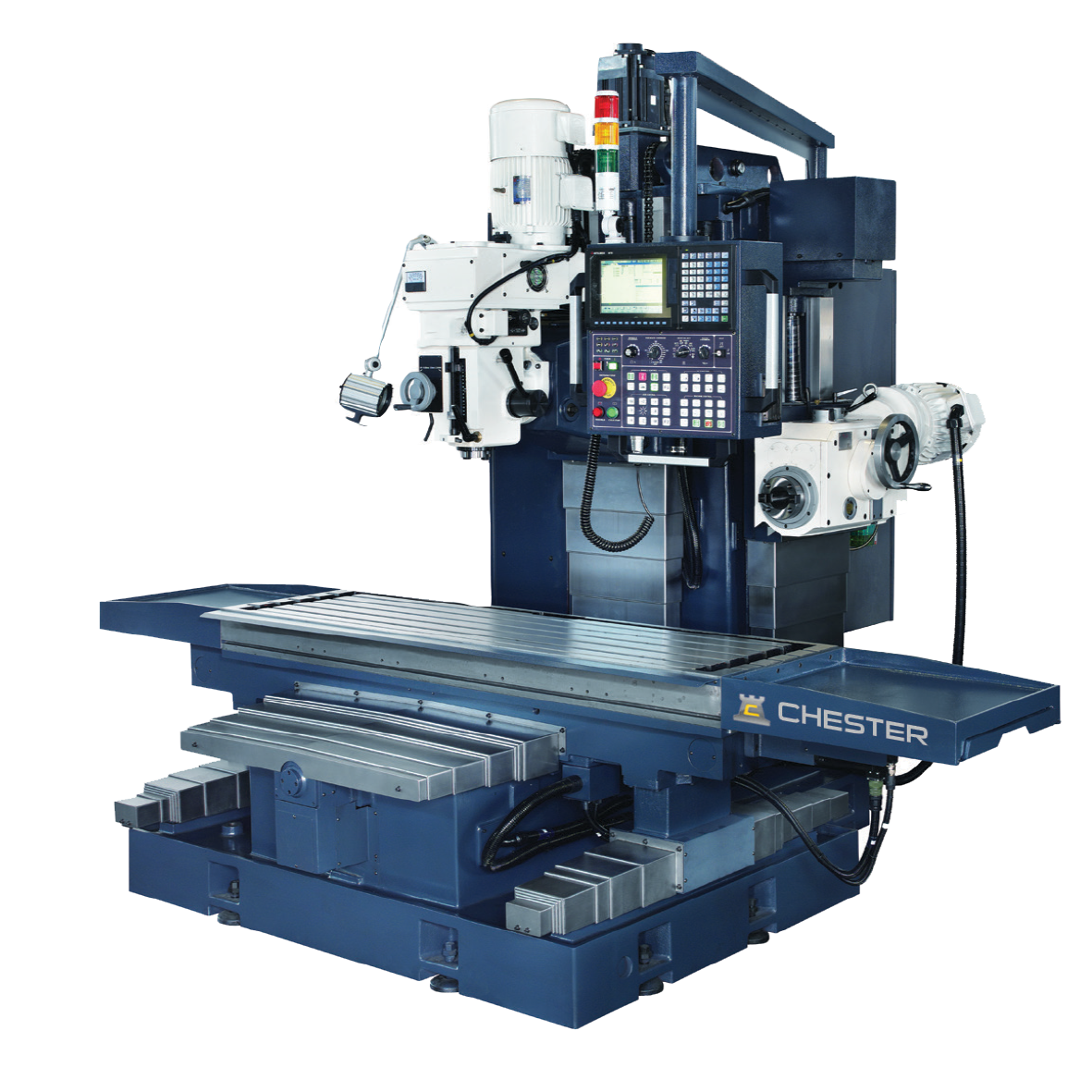Understanding an L-Shaped Metal Machine Part
Machine parts come in various shapes and sizes, each designed to fulfill a specific function in the intricate dance of manufacturing and machining processes. Among these, the L-shaped metal part holds a unique position. But have you ever considered why such a seemingly simple shape could be so integral in complex machinery? This question leads us into a deeper exploration of its versatility and application in metalworking.
At first glance, an L-shaped metal part may appear straightforward, merely a construct of two perpendicular sections. However, its form belies a critical role in countless mechanical assemblies. The very versatility of this geometry allows it to serve multiple purposes, from providing structural support to acting as a coupling piece. As we dive deeper, it becomes apparent that an understanding of its properties and applications is fundamental for engineers and machinists alike.
1. The Anatomy of the L-Shaped Metal Part
The L-shaped metal part can be dissected into several key components: the angle, the length of each arm, and the thickness of the material. Each of these aspects can significantly affect performance. For instance, when fabricating an L-bracket, the thickness of the steel can determine its ability to bear loads. The right combination ensures that the part can withstand stress without deforming or failing. Choosing the appropriate alloy—be it aluminum for lightweight applications or stainless steel for corrosion resistance—further influences its suitability for specific tasks.
2. Material Considerations
When crafting an L-shaped metal part, the choice of material cannot be overstated. Metals exhibit vastly differing characteristics: tensile strength, ductility, hardness, and resistance to wear. For example, high-strength steel is often favored for its robustness in structural applications, whereas softer metals like aluminum might be employed where lower weight is a priority. This decision-making process poses a challenge: how do you balance performance and cost? Making the right call is critical in optimizing both the design and the budget of a project.
3. Manufacturing Processes
The manufacturing of L-shaped metal parts encompasses various machining processes. Common methods include bending, cutting, and welding. Each technique offers distinct benefits and limitations. Bending, for instance, can create precise angles and reduce the need for additional joints, promoting structural integrity. Here lies another challenge: ensuring that the bend is accurate. A slight miscalculation can compromise the entire assembly.
Conversely, cutting operations—such as laser cutting or machining—are indispensable for detailed parts. They allow for intricate designs but require exceptional precision. Moreover, the choice of cutting technique can dramatically impact the final characteristics of the part, including edge quality and tolerances.
4. Applications in Industry
L-shaped metal parts find utility across diverse industries, from automotive to aerospace, architecture to robotics. In the automotive sector, they serve as brackets for supporting engine components or frames. In construction, they become pieces of structural integrity that support trusses and other load-bearing structures. But what happens when the specific requirements of an application push the limits of what standard L-shaped parts can do? Innovations in design, such as 3D modeling and simulation, allow engineers to create customized solutions, ensuring that every assembly is tailored precisely to its exigent role.
5. Design Considerations
The design of an L-shaped metal part requires a keen understanding of mechanical principles. Engineers must account for loads, stress distribution, and environmental factors. For instance, will the part encounter vibrations? What about temperature fluctuations? Integrating these variables into the design process is vital. Computational tools can aid in simulating real-world conditions to predict the performance of the component, yet they are not infallible. The challenge remains: can one design for every potential scenario without compromising performance?
6. The Future of L-Shaped Metal Parts
As technology advances, the future of L-shaped metal parts looks promising. The integration of smarter materials—those that can adapt or respond to changes in their environment—opens new avenues for their use. Furthermore, advancements in manufacturing technology, including additive manufacturing, may redefine how these parts are produced. However, with such advancements, one must question: will it be at the cost of traditional craftsmanship? Balancing innovation while honoring tried-and-true methods will be crucial in maintaining the efficacy of these components.
Conclusion
The L-shaped metal machine part may seem inconspicuous, yet its significance in machinery cannot be understated. Its versatility, coupled with the challenges inherent in its design and manufacture, underscores the necessity for a thorough understanding of its applications and implications. As industries continue to evolve, so too will the materials and methodologies surrounding these essential components. By fostering an educational dialogue, professionals in the field can embrace both tradition and innovation, paving the way for the future of manufacturing with smart, reliable, and efficient L-shaped metal parts.
